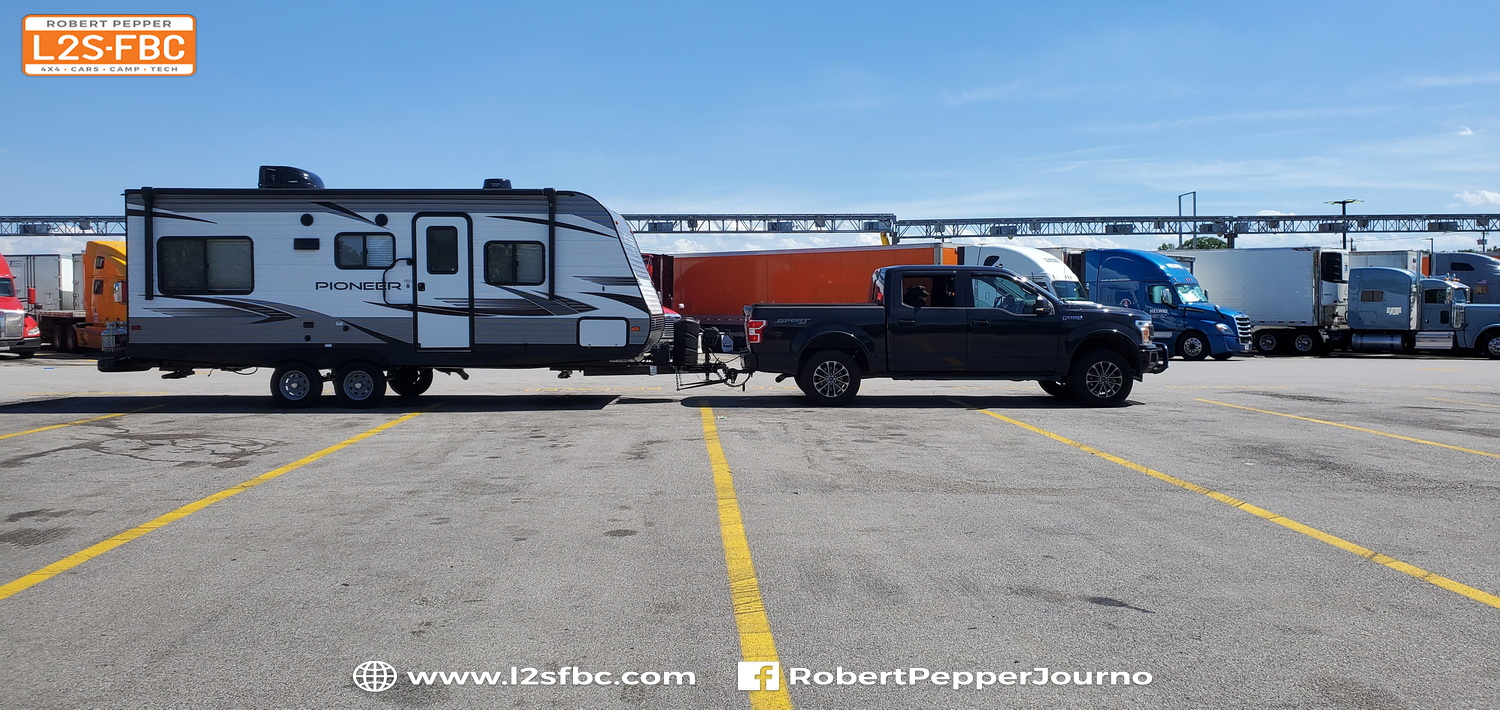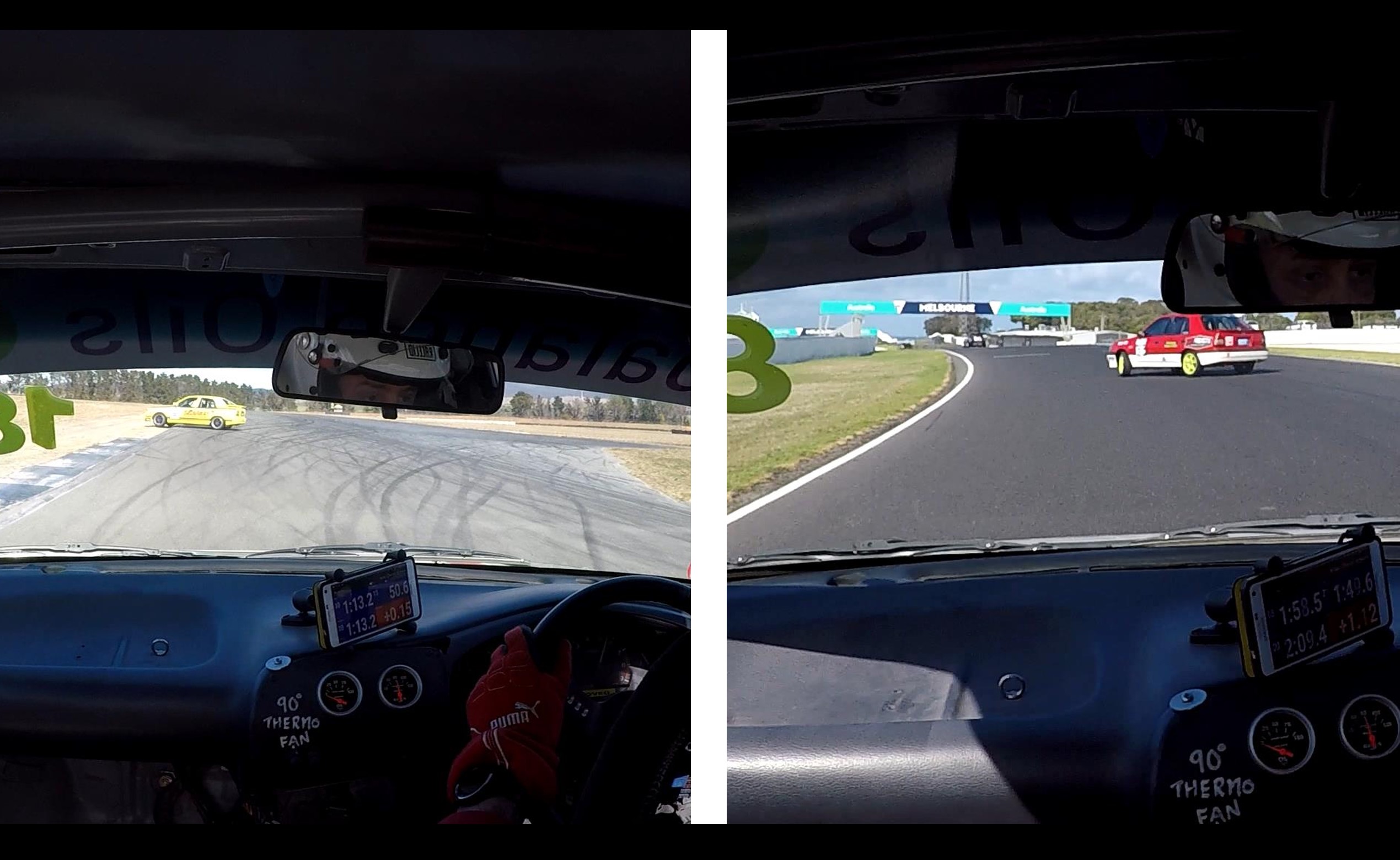Why was the McMurtry Automotive Speirling EV so fast at Goodwood?
By now everyone’s seen the amazing McMurtry Speirling electric car blitz the Goodwood Hill Climb record in 39.08 seconds, beating the record set by a F1 car, and driver Max Chilton reckons there’s more in it as he learns how better to drive what is a new type of vehicle.
But why is the Speirling so quick?
There’s quite a few reasons, and the first one is it’s electric. EVs are often quicker than ICE (internal combustion, petrol/diesel) cars and the reason is not peak power, but how that power is delivered.
When we say an ICE car has 700hp, then that’s a peak at a given RPM, say 8000. Below or above that figure the engine develops less power, significantly less. And that’s why there’s gears; the engine revs just above the peak power figure, the gear is changed, and the power builds again. The engine is at its maximum output only for a fraction of a second, but we all focus on, and obsess over the maximum output. It’s like looking at the top speed a human sprinter can manage and thinking they can maintain that over a marathon.
An electric car is different; it produces its maximum torque (turning force) at idle, and maintains that torque up to a few thousand RPM. Power is simply how fast torque is applied, so an EV is developing a lot of power over a wide rev range, so if it too peaks at 700hp then it’ll develop a much greater percentage of that 700hp from lower revs than the ICE, and for longer. That’s why most EVs don’t usually have a gearbox, as the electric motor simply doesn’t need one, although there are exceptions like the two-speed Porsche Taycan.
So, in real-world conditions of varying speeds on a racetrack a 700hp ICE car won’t deliver as much power to the wheels as a 700hp EV, even if their peak power is the same.
Then there’s the gearbox. It takes a fraction of a second for a modern car to shift gears, but it’s still a fraction of a second. To change gear the engine’s power must be reduced, the gear shifted, then the power increased. That takes time, and as EVs don’t need to shift gears they don’t lose that time. Some hybrid ICE/electric supercars actually ‘power fill’ that gap with electric power.
Another EV advantage is the fact you can easily have one motor per wheel so you can very precisely and accurately control the power and torque per wheel which translates into improved performance. To do that with an ICE requires complicated differentials and clutches which sap power, add weight, and aren’t as good anyway. And yet another is that power is measured at the crankshaft…but with an ICE vehicle you lose energy in the gearbox. With an EV vehicle that has no gearbox those losses don’t exist, and even less if there’s two motors driving two wheels on an axle and no differential.
That’s the EV advantages which the Speirling holds, but it’s by no means unique – the Volkswagen I.D. R was the previous record holder, and it too was electric.
Now onto the Speirling-specific advantage, but first we need to talk about grip.
The more weight you put on a tyre, the more grip the tyre will generate. Imagine a chair in a room. Nobody sitting on it. You can pull the chair across the room easily. But it’s much harder if someone is sitting on it, because the chair will grip the floor. Do ask before you try this at home.
So you add weight to your racing car, right? More weight = more grip = faster!
Well, no. The problem with weight on racing cars is that it doesn’t pay off. Yes, more weight = more grip, but it then takes longer to accelerate, longer to brake, and your cornering speed is reduced. The tradeoff isn’t worth it, which is why racing cars are made as light as possible.
Enter aerodynamics. This is “free” weight. You have a wing, and instead of the wing lifting an aeroplane into the sky, it presses the car down into the road – this is ‘downforce’ – and you get extra grip, just like weight. But, there’s no actual weight penalty, which is good for acceleration, braking and cornering.
But an unfortunate effect of downforce is drag, and the more downforce you produce, the more drag you generate. This is why Formula 1 teams are trading off straight-line speed with minimal downforce and therefore drag against cornering speed. For good cornering performance you need more downforce, but that generates more drag which slows you on the high-speed straights.
Now Goodwood isn’t a particuarly high-speed circuit, and the thing about aero is that it only works at higher speeds. That’s why aeroplanes need runways to gain speed for takeoff. What you really need on a car is some sort of device that generates downforce, but at any speed, and with no drag.
And that exactly what the Speirling has – its fan. Specifically, a fan which creates a low-pressure area under the car by sucking air out. This is how you drink through a straw – you suck air out of the straw, and the air around your drink forces the fluid down into the glass and up the straw and into your mouth. In the case of the Speirling, the car is forced downwards, as if there was a giant weight sitting on it, which means lots and lots of grip but no actual weight.
The fan doesn’t require any forward speed, so it works really well in slow-speed corners, unlike big aero wings. The fan can produce 2000kg of downforce when the car’s not even moving, and the car itself weighs around 1000kg. Even better, there’s minimal drag from downforce. And as there’s so much grip the car doesn’t need to be 4WD to avoid wheelspin on acceleration, so only the rear wheels are driven, another weight and efficiency saving.
The McMurtry is also a light car, only 1000kg which is pretty light even for a modern ICE racecar, and it’s tiny too, only 3.2 metres long, the distance of a Ford Ranger wheelbase. Those tiny dimensions help it pick an optimal racing line, and light weight is always a bonus, no matter the powerplant.
So why don’t we see more fan cars? Well, the technology is decades old, and was banned from Formula 1 on safety grounds. The simple reason is that if the suction is broken then you have an instant and dramatic loss of grip which, if you were using it, is almost certain to end in catastrophe. Imagine suddenly hitting ice whilst you are braking hard for a corner, it’d be like that.
But for the moment, McMurtry plan to create a road-legal version of the Speirling, with the fan only in operation for track mode. That’ll be one impressive car!
But, EVs aren’t the way forwards for all of us just yet…



1 Comment
by Benny
What a detailed outline of this McMurty fan car. Thanks Robert – this is excellent info.